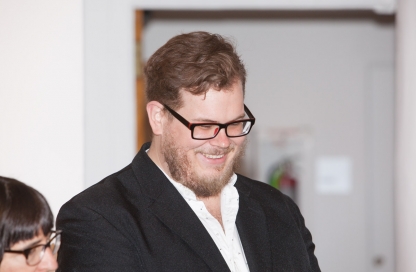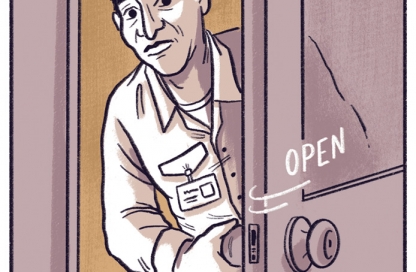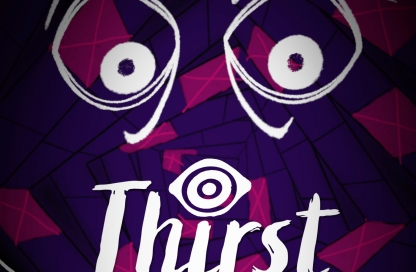If I want to be part of the Visual Narrative family, I got me some provin’ to do
I’m having the time of my life working with the Visual Narrative faculty. I’m astonished by the team that Nathan Fox and Joan McCabe have put together in such a short amount of time. Every time we get a new teacher or review a new application or see current students’ work I feel like my game gets upped, upped, UPPED.
I’d like to share a snippet of a course video I’m working on with celebrated illustrator and painter, Matt Rota. We haven’t started shooting yet (don’t worry, we’ll be ready Nathan and Joan) but I think it’s a good snapshot of what we’re trying to do for our students. We want to help them find the perfect tools for their work — from concept to execution to marketing to shopping cart.
This is part of the video titled “The Art of Data”. It covers a crucial step in the journey of the modern storyteller… finding your audience.
“Now that we’ve covered the basics of starting an online presence, we can get into the tactics of reaching an audience that will care about your work. We’ll discuss methods of identifying the ideal audience for the content, and then how to target that audience when posting.
A lot of what we’ll be talking about is going to sound more like business than storytelling or art or craft. But that’s not necessarily true. The process of finding who likes your work can be an enriching and revealing process. If you embrace it, you can start to see the task of selling your work and your talent as a positive. That means as you work on your art you won’t need to grapple (as much) with the inevitable chore of selling of it. You might even look forward to it.
When I first left the corporate life I was blanketed in a comforting thought. “Build it and they will come.” I wanted to write and I’d stuffed enough cash in my sock drawer to live by that motto for a year or two. But what I found was eye-opening. I released my book to glowing reviews (from strangers even!) and a big surge in sales. And then nothing. The book stopped selling. But I was posting on Facebook! I was tweeting clever little things! Wasn’t that enough?
In a word, no.
I should have known better. From working at every big corporation on the planet I saw how much work went in to getting the word out about any project. At AOL for instance, we had millions of people visiting our games site every month, and good games would get played by a hundred people because we didn’t get the word out to the fans who would have enjoyed them.
So I found a new motto and it’s been working. There’s an old adage in business that “what is measured, grows.” In other words if you pay attention to the numbers behind, say, your marketing campaign then you will see growth in the specific areas of the campaign that you focus on.
Keeping this in mind, we’re about to cover some basic methods of focusing on data. We’ll get into this in more detail in my class, but we wanted to give you an overview of what to expect. And maybe give you some ideas for things you can do for your work right now.
Please keep the following in mind as you put your business person hat on: Doing your art should be the focus of your life. Establishing a strong, consistent online identity will help you spend more time creating and less time selling. While the digital noise we put up with every day is a pain in the rear, it’s also a wonderful environment for artists to seek out our supporters with focus and intent, carve out our niche, and stay visible as long as we keep telling stories.”


